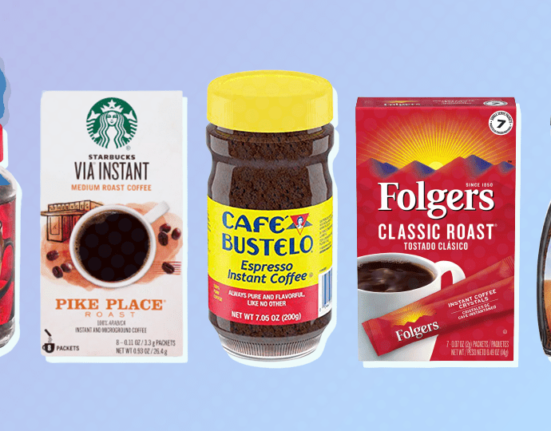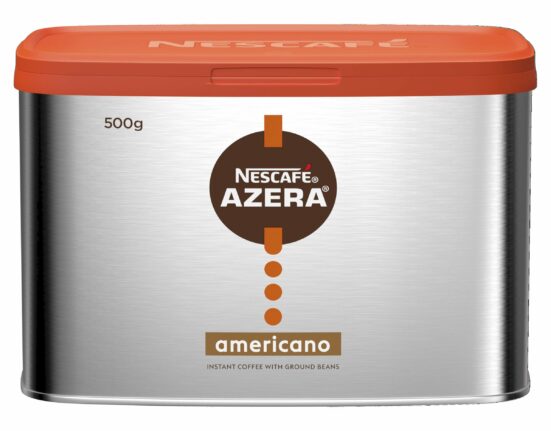The interplay of deep coffee tones against a black background has emerged as a distinctive aesthetic choice in both art and design. It transcends mere aesthetics; it communicates a narrative, evokes emotion, and accentuates cultural nuances. This exploration endeavors to unravel the layers of meaning that underpin such a visual composition, focusing on its historical context, symbolic implications, and the expectations it engenders within various domains.
Historical Context of Color Symbolism
Colors have long been imbued with meaning, influenced by cultural connotations and historical events. The color black, often associated with elegance, sophistication, and power, has played a significant role in art and design throughout history. In contrast, deep coffee, with its rich brown hues, evokes warmth, comfort, and a sense of layered depth. Early civilizations, including the Egyptians and Romans, utilized black to denote strength and authority, while brown has been historically linked to the earth, stability, and sustenance.
In contemporary culture, the combination of deep coffee and black encapsulates a complex array of emotions and ideas. Art movements such as abstract expressionism and minimalism have embraced stark contrasts, leveraging the paired colors to evoke feelings of introspection and contemplation. Artists such as Mark Rothko and Barnett Newman utilized such dichotomies to provoke emotional responses, inviting viewers to engage with the canvas on a deeper level, blurring the lines between the viewer and the artwork.
The Role of Contrast in Visual Aesthetics
Utilizing deep coffee against a black backdrop introduces a captivating contrast that draws the viewer’s eye. This stark juxtaposition creates a visual tension that demands attention, leading to an immersive experience. The interplay can elicit varying interpretations, from the somber to the joyous, depending on the context and the artist’s intent.
In corporate design, this color pairing often accompanies branding strategies aimed at projecting an image of sophistication and seriousness. High-end coffee brands, for instance, leverage deep coffee hues to reinforce their connection with premium quality. Such visual language aligns with consumer psychology, as potential customers associate darker shades with richness and depth in flavor.
Furthermore, in the realm of interior design, deep coffee tones against black can create a cocooning effect, promoting a sense of intimacy within a space. This aesthetic is particularly prominent in rustic and modern design schemes where the tactile quality of materials is highlighted. The combination allows for a layered aesthetic, where textures and materials can be juxtaposed effectively, enhancing the overall sensory experience of a space.
Cultural Interpretations of Deep Coffee Against Black
The cultural implications of using deep coffee against a black background cannot be understated. In many cultures, coffee is more than just a beverage; it symbolizes community, connection, and ritual. Varying shades of brown signify diverse narratives around cultivation, trade, and consumption. In contrast, black often embodies themes of mourning but also of elegance and formality.
In art, the representation of coffee may illustrate rich narratives tied to globalization and cultural exchange. The notion of ‘black gold’ not only addresses the commodity of coffee but also evokes discussions around socio-economic disparities, labor rights, and ethical consumption. Therefore, the pairing serves as a commentary on complex global narratives by inviting viewers to consider the broader implications of their visual consumption of art and everyday items.
The Expectations of the Character
When delving into the character of deep coffee set against a black backdrop, several expectations arise, particularly regarding the emotional resonance and narrative depth that such a composition can convey. The audience may instinctively seek a portrayal of complexity—a richness in experience akin to the depth of coffee flavor, contrasted against the starkness of a black background reminiscent of a void or uncharted territory.
In literature, for instance, this pairing could evoke characters who embody both warmth and darkness, indicating layered personalities that combat internal and external struggles. These characters often reflect the paradox of being nurtured by warmth while simultaneously confronting existential bleakness. Their journeys may be characterized by a quest for truth within themselves, often set against an environment that reflects their duality.
Moreover, the visual expectations of artworks employing this palette may lead audiences to anticipate themes of introspection, contemplation, or even societal critique. The high contrast can symbolize the battle between light and dark, hope and despair, which is a prevalent theme in human existence. Artists leveraging this juxtaposition often provoke inquiries into the human condition, prompting deeper reflections on enduring challenges and triumphs.
Conclusion: The Aesthetic Journey
The usage of deep coffee tones against a black background constitutes a multifaceted dialogue within the realm of visual arts, design, and literature. It invites critiques of societal norms, reflections of individual complexities, and cultural interpretations. As aesthetics evolve, this pairing remains a powerful tool for communication, capable of igniting conversations that extend beyond mere visual appeal.
Engaging with such an aesthetic offers an opportunity to explore perceptions of identity, community, and cultural capital, all framed within the rich sensory experience of color interplay. It encourages an ongoing dialogue in which viewers and consumers are invited to question their assumptions, fostering a deeper appreciation for the narratives woven into our everyday visual experiences.








Leave feedback about this